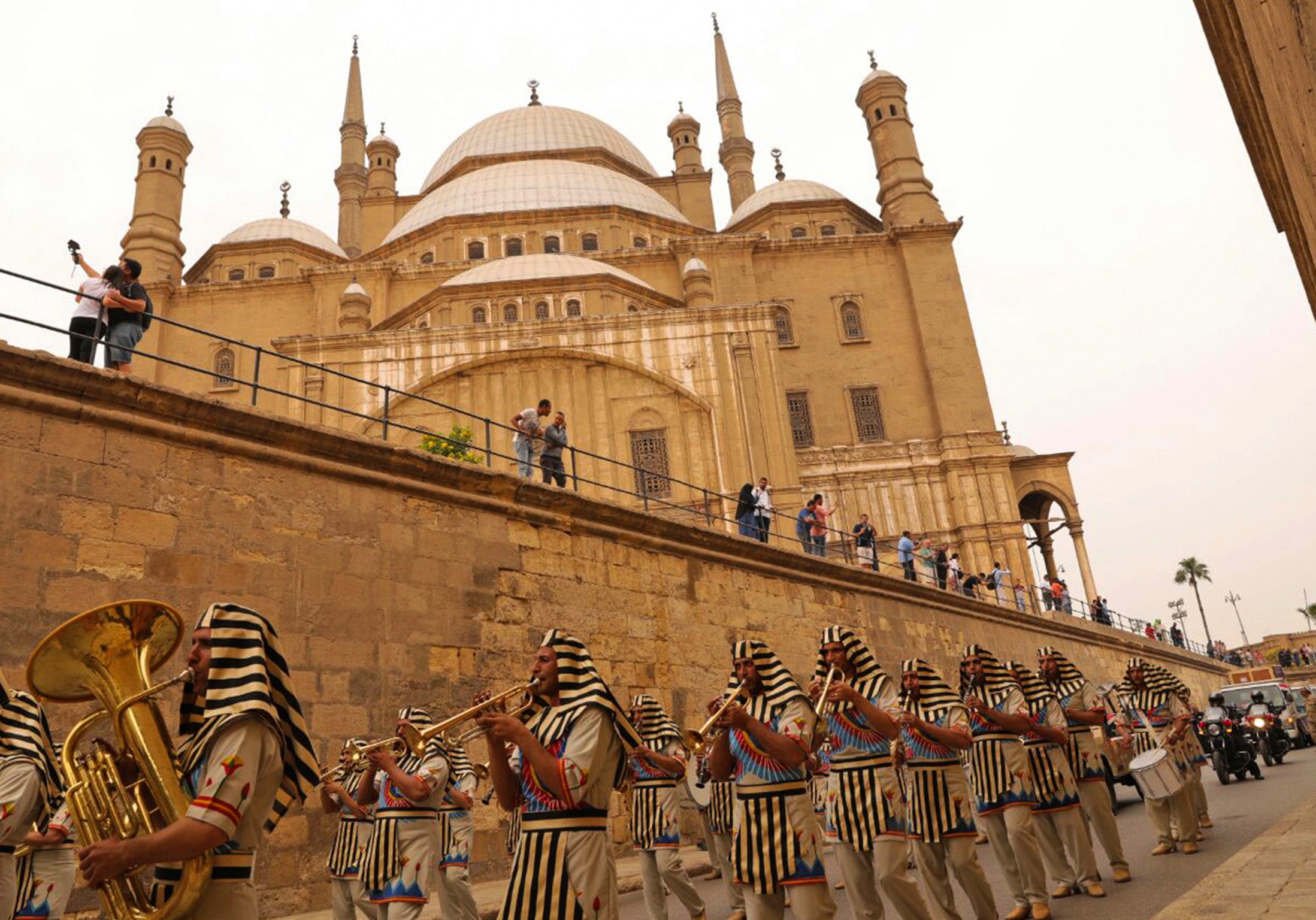Egypt moves last chariot of King Tutankhamun to new museum
Seven thousand sqm have been allocated to once leader's belongings at new site, which is home to thousands of archaeological finds

Your support helps us to tell the story
From reproductive rights to climate change to Big Tech, The Independent is on the ground when the story is developing. Whether it's investigating the financials of Elon Musk's pro-Trump PAC or producing our latest documentary, 'The A Word', which shines a light on the American women fighting for reproductive rights, we know how important it is to parse out the facts from the messaging.
At such a critical moment in US history, we need reporters on the ground. Your donation allows us to keep sending journalists to speak to both sides of the story.
The Independent is trusted by Americans across the entire political spectrum. And unlike many other quality news outlets, we choose not to lock Americans out of our reporting and analysis with paywalls. We believe quality journalism should be available to everyone, paid for by those who can afford it.
Your support makes all the difference.Egypt has moved the sixth and last chariot of pharaoh Tutankhamun to an under construction museum near the pyramids in Giza.
The priceless artefact, paraded through Cairo on Saturday with a military police escort, was relocated from the Egyptian National Military Museum to its final resting place at the Grand Egyptian Museum.
The chariot was a major feature of the military museum for more than 30 years.
It now sits among more than 4,500 of king Tutankhamun’s items at the Grand Egyptian Museum.
Some 7,000 sqm have been allocated to king Tutankhamun’s belongings at the new museum, home to thousands of artefacts spanning different dynasties of ancient Egypt.
The nearly intact tomb of the 18th dynasty king was discovered in 1922.
Earlier this year it was announced that the search for a secret chamber in King Tutankhamun’s tomb will recommence later this month.
A team from the Polytechnic University of Turin will be scanning the burial site and surrounding areas in the hope of finding buried treasures.
The expedition is the third time researchers have studied the tomb in the past two years, with the hope of finding the resting place of Queen Nefertiti, Tutankhamun’s mother.

Many leading experts believe that the remains of Nefertiti could lie beyond the walls of Tutankhamun’s tomb and there have been suggestions a small hole may be drilled and a camera passed through to give researchers a clear perspective.
Queen Nefertiti is one of the most famous symbols of ancient Egypt and classical beauty.
King Tutankhamun’s reign lasted from around 1332-1323BC. The discovery of his complete, undisturbed tomb in 1922 by Briton Howard Carter remains one of the most sensational archaeological discoveries of all time.
Join our commenting forum
Join thought-provoking conversations, follow other Independent readers and see their replies
Comments